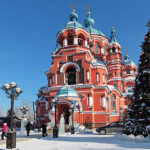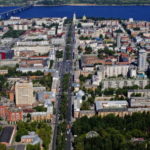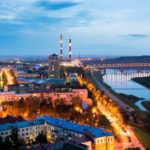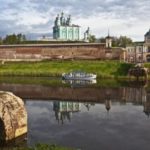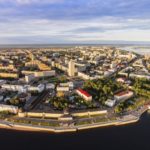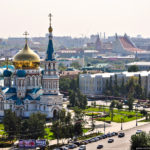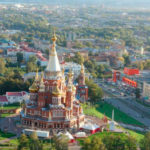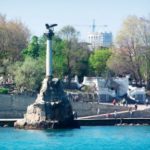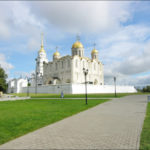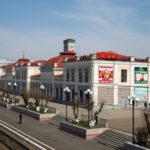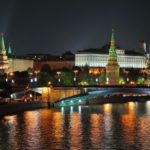Interesting facts about Tomsk
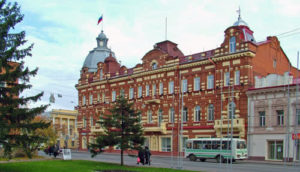 Tomsk – one of the largest cities in Western Siberia, which has important industrial and economic importance. In addition, there are many research institutes here that provide Russia with an advantage in the development of various fields of science.
Tomsk – one of the largest cities in Western Siberia, which has important industrial and economic importance. In addition, there are many research institutes here that provide Russia with an advantage in the development of various fields of science.
A horse is depicted on the flag and the coat of arms of Tomsk, since in the past most of the townspeople earned their livelihood by carriage.
For several centuries Tomsk was an important trading center and transportation hub, but then, bypassing the city, the Trans-Siberian Railway was built, connecting it to Tomsk with a dead-end branch.
The city, which began to decline, was “saved” by the war, as about three dozen plants were evacuated from the occupied cities of the USSR to Tomsk. During World War II, industrial production in Tomsk jumped three times, and a new chapter began in its history.
The streets of Tomsk are decorated with many wooden buildings, erected mainly in the late 19th century.
The celebration of the 400th anniversary of Tomsk coincided with the terrorist attack in the Beslan school, so the main celebrations took place a month later than planned.
In Tomsk, there was a meeting between Vladimir Putin and Angela Merkel. This did not happen by chance – in the Tomsk region a large German diaspora has been living since ancient times, and the then governor of the region, Viktor Kress, was of German origin. It is interesting that for the Tomsk region he was already the ninth German leader.
The sun in Tomsk shines 2048 hours a year, that is, almost half the possible time.
For Tomsk characteristic elevation changes that reach 70 meters.
Landslides occur periodically in Tomsk – for example, a vehicle depot built in Soviet times once slid down and collapsed down the Yurt Mountain.
On the outskirts of Tomsk, the world’s largest ant-hill was discovered – its height is 2.5 meters, and its diameter exceeds the five-meter mark.
The energy system of Tomsk is the oldest in Siberia, the first urban CHP began to supply citizens with electricity at the end of the 19th century. At the same time now the city spends more energy than it produces.
Tomsk first contacted via the Internet during the 1991 coup.
Tomsk is among the 500 most innovative cities in the world.




